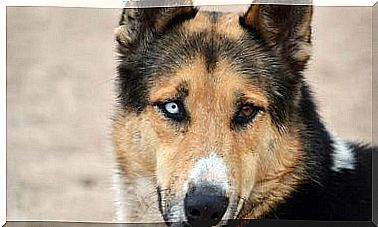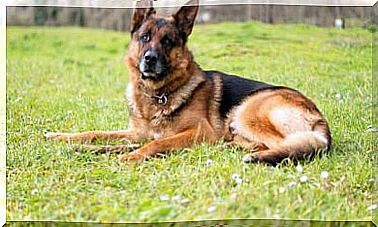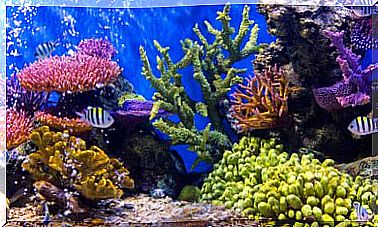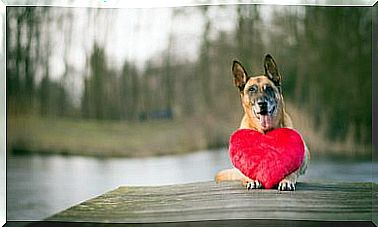5 Digitigrade Animals

Digitigrade animals are those that walk with only the toes on their feet – without supporting the heel joint – and they are usually much quieter and faster than other species. In the animal kingdom, two more categories are distinguished when it comes to walking: plantigrade and unguligrade animals also exist.
Plantigrades are those that rest on the sole of the foot, while unguligrates use the distal phalanx of the autopodium, generally covered by a hoof. In the following lines, we tell you some examples of digitigrade animals.
What digitigrade animals exist?
Unlike ungulates – which walk with their fingers but have hooves – digitigrade animals make contact with the ground through their fingernails and finger pads, which have a single support structure. Some examples of this type of locomotion in nature are the following.
1. The dog
This domestic species, whose closest ancestor is the wolf – also digitigrade – walks supporting the 4 fingers or digital pads, present on both its front and rear legs. In turn, it has a metacarpal pad in the center of the foot, an inner toe that does not rest, and an upper carpal pad.
The legs of dogs can be bare or covered with hair and it is the pads that are responsible for supporting the entire weight of the animal; It is essential to know that these structures are quite sensitive to high temperatures.

2. The cat
Another of the most famous and stealthy digitigrade animals that exist. The cat and the whole family of felines – with exceptions such as the cheetah – have retractable claws, which they unfold when they stretch their legs and use them to defend or attack.
Cats walk on their toes and are very thorough and quiet. A somewhat curious custom is that cats place their hind limbs first, with 4 fingers. In this way, they can minimize noise and feel like they are on firm ground that has already been explored and does not present hazards.
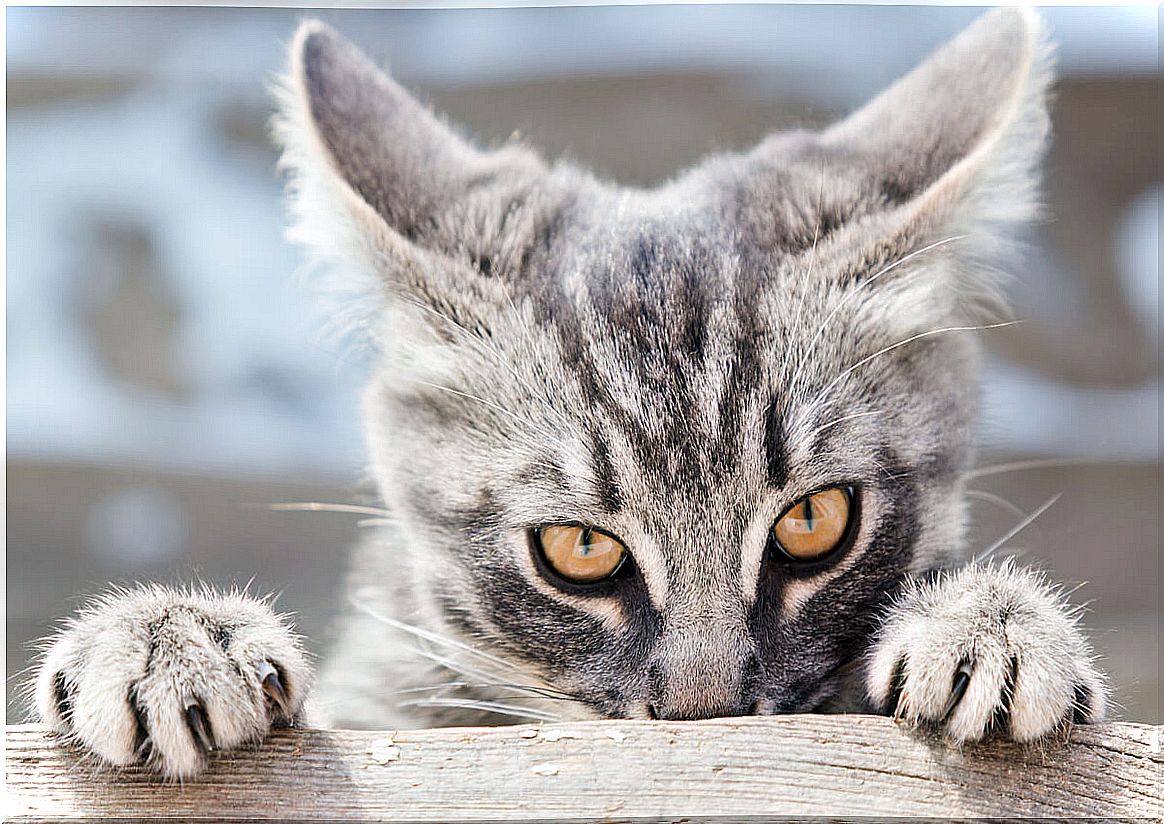
3. The elephant
The world’s largest land mammal – it weighs about 6 tons – requires very strong legs to support its full weight. And even if it’s something incredible… His fingers are very flexible! They are characterized by being very fat and are surrounded by fatty tissue, which serves as cushioning when running or walking.
In the case of African elephants, they have 4 claws on the front legs and three on the back; Asians present 5 and 4, respectively. The former are circular and can move objects, while the latter are more oval and strong. To walk or run, these pachyderms raise their legs and bend their knees, something peculiar in mammals.

4. Hyenas
Hyenas are also digitigrade mammals and have 4 toes on their fore and hind limbs, with bulging footpads. Also, like canids, they have short, blunt and non-retractable nails. On the other hand, their dentition is similar to that of felines, so they are halfway between the two taxa.
Hyenas are generally noisy, elusive and gregarious, that is, they act in packs. They are animals of a scavenger nature, so they do not usually actively chase their prey to kill them.
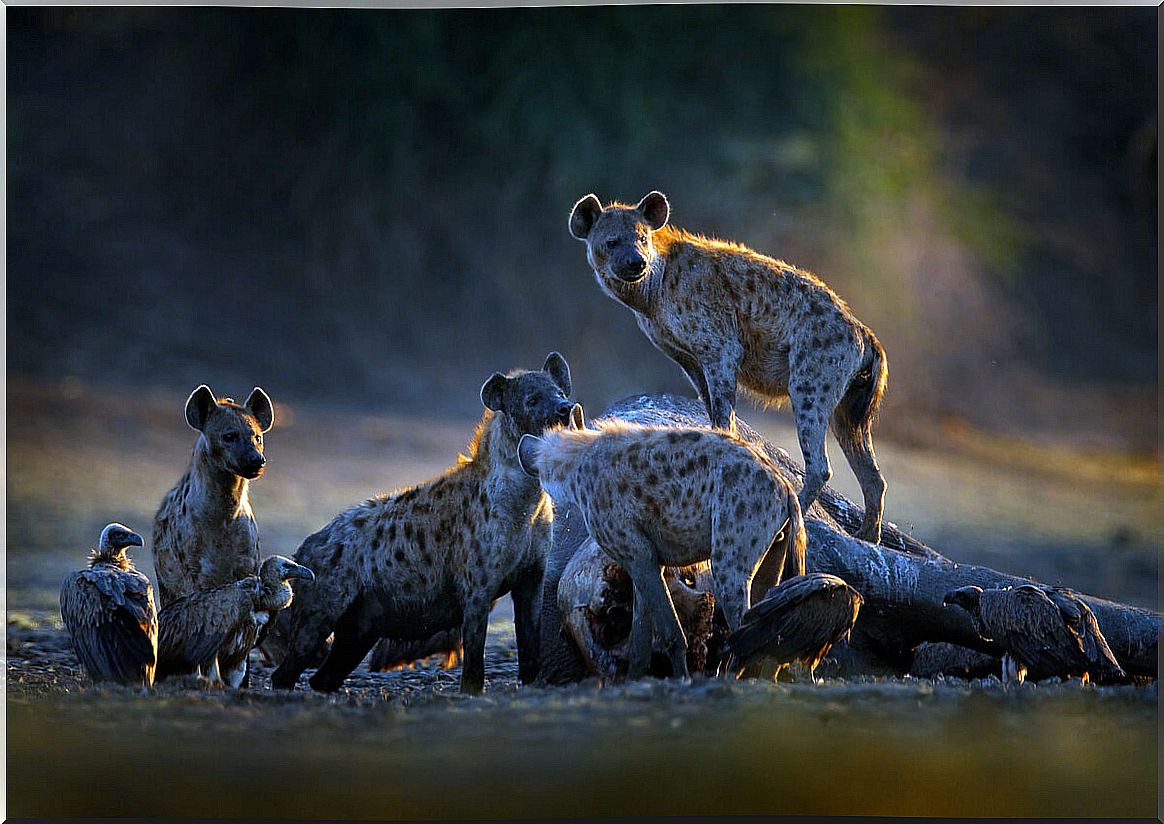
5. Capybaras
Capybaras are large rodents, as they can reach up to 1.30 meters in length and 65 kilograms of body mass. The front legs have 4 toes and the back 3, with which they rest without putting the heel joint in contact, so they are also digitigrade animals.
Capybaras are herbivorous, peaceful and twilight in nature. In addition, they live in groups of between 6 and 20 animals, communicating with each other with small barks and tones. Due to their gentle nature and large body mass, they are the perfect prey for many predators.
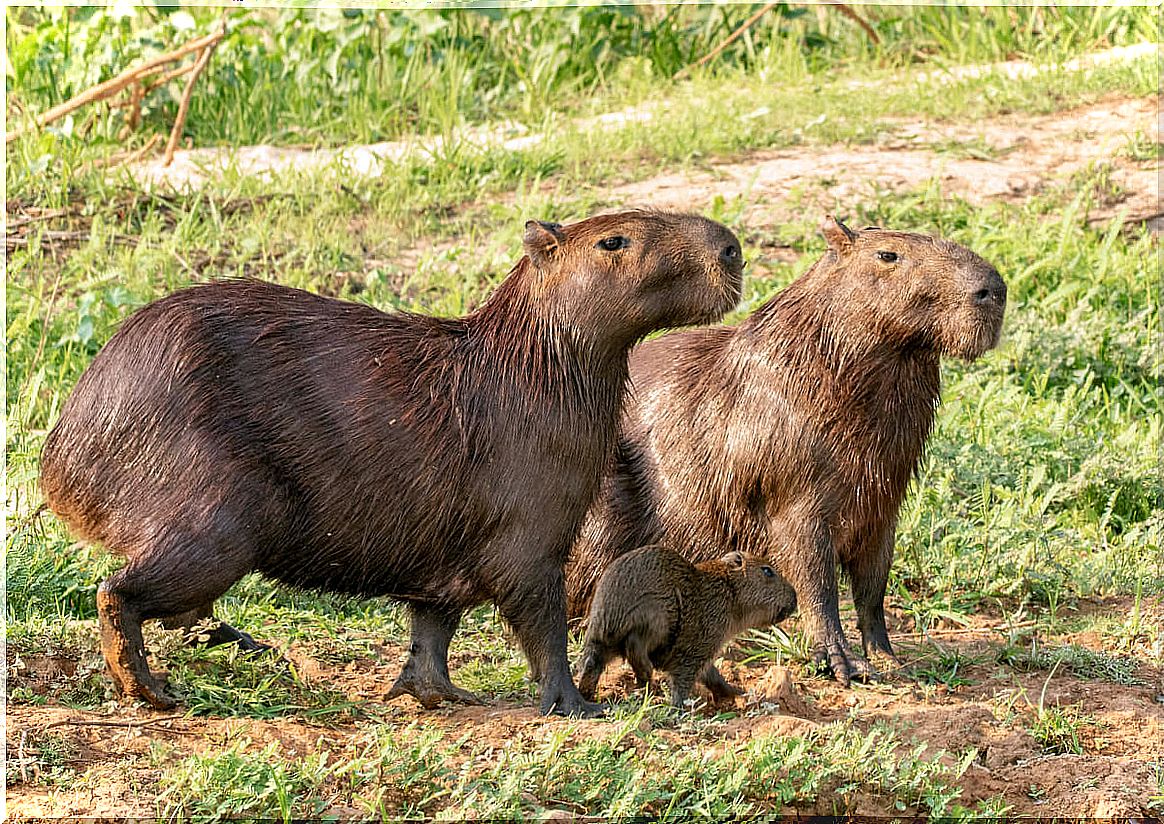
Locomotion, at your fingertips
The terms plantigrade, digitigrade, and unguligrade have little taxonomic interest, as they do not describe phylogenetic relationships between species, but merely functional relationships. Even so, it is very curious to see how the types of locomotion and skeletons vary according to the needs of each species. Nature has answers to everything.


